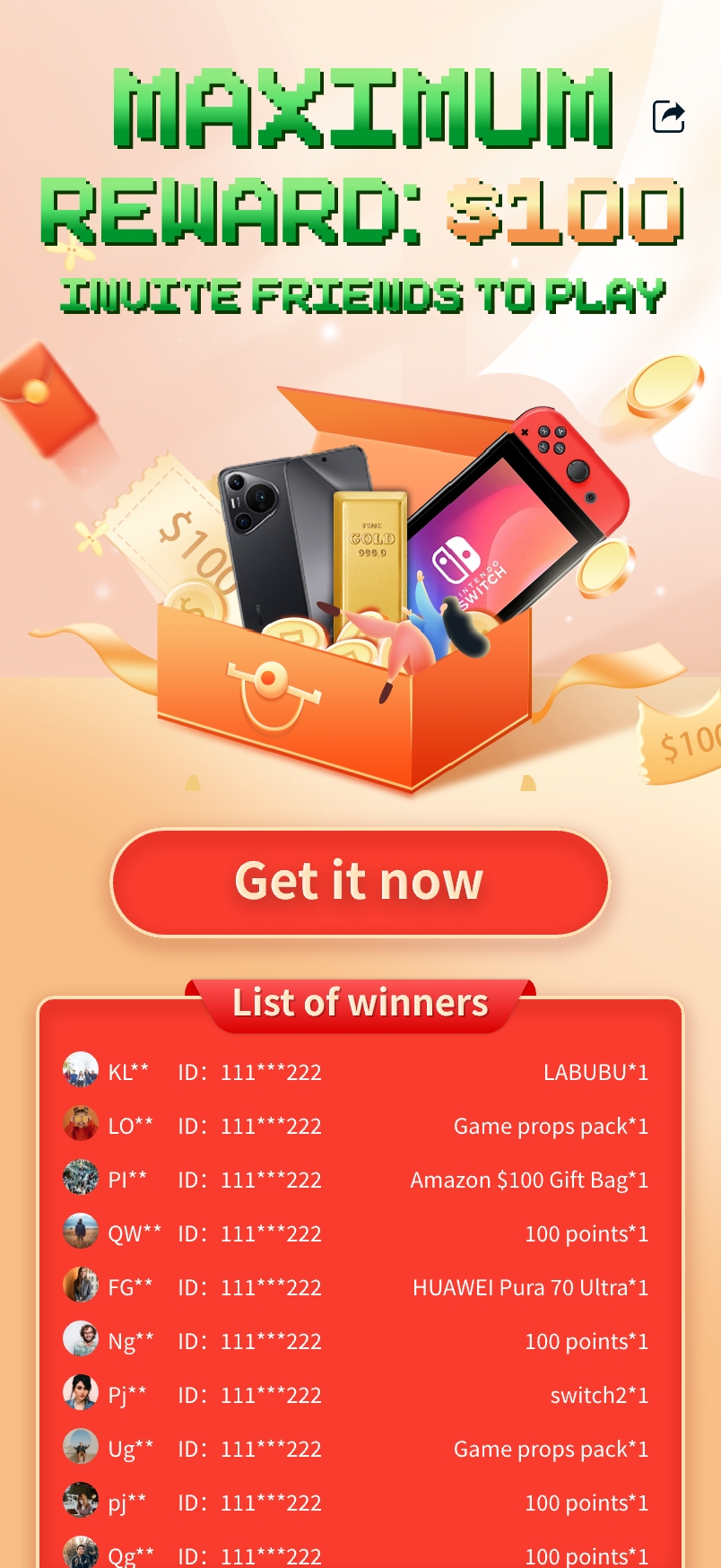Why Hyper Casual Games Are Dominating the Browser Games Market Today
In recent years, the landscape of browser games has undergone a significant transformation, with hyper casual games emerging as the frontrunners in popularity. What makes these games so appealing, and why are they taking the browser gaming market by storm? In this article, we will delve into the fundamentals of hyper casual games, the role they play in the broader gaming ecosystem, and the implications of this surge for players and developers alike.
Understanding Hyper Casual Games
Hyper casual games are defined by their simplicity and accessibility. They typically feature straightforward mechanics that are easy to grasp, allowing players to quickly engage without a substantial learning curve. These games often include:
- Minimalist design
- Short sessions allowing for quick plays
- Free-to-play model with optional in-game purchases
One key characteristic of hyper casual games is how they capture players’ attention in just a few seconds. Games like "Flappy Bird" and "Helix Jump" exemplify this trend, offering intuitive gameplay that requires little more than a tap or swipe to play.
The Role of Browser Games in the Gaming Community
Browser games have long been a staple for casual gamers looking for a quick escape. Unlike traditional console and PC games, they require no downloads or installations, making them incredibly accessible. This accessibility fuels the growth of hyper casual games, as players seek quick entertainment on the go.
The Rise of Hyper Casual Games
This segment has rapidly gained traction for several reasons:
- Easy Accessibility: Browser-based games are easy to access from any device with internet connectivity.
- Low Barrier to Entry: Players can jump into a game without needing to purchase software or hardware.
- Shareability: Many hyper casual games can be easily shared via social media, further attracting new users.
The Advantages of Hyper Casual Games for Developers
For game developers, focusing on hyper casual games presents numerous advantages:
- High User Acquisition: They can attract large audiences thanks to their addictiveness and shareable nature.
- Monetization Strategies: Developers can benefit from ad revenue, in-app purchases, and sponsorships.
- Rapid Development: Simplicity in design often leads to shorter development cycles.
Market Trends and Player Demographics
The gaming market continues to expand, with hyper casual games appealing predominantly to younger audiences. Recent studies show that players aged 18-34 are the most engaged demographic, meaning developers are strategically catering to this group. Additionally, these games trend well across various platforms, from smartphones to tablets to computer browsers.
Competition in the Browser Game Arena
With the popularity of hyper casual games increasing, competition among developers has intensified. Companies like Voodoo and Ketchapp have risen to prominence by consistently releasing engaging titles that appeal to casual gamers. The following table details some of the most successful hyper casual games currently dominating the market:
| Game Title | Developer | Release Year | Key Features |
|---|---|---|---|
| Flappy Bird | Dong Nguyen | 2013 | Addictive mechanics, single tap control |
| Helix Jump | Homa Games | 2018 | 3D graphics, continuous gameplay |
| Stack | Ketchapp | 2016 | Fast-paced stacking mechanics |
Quality VS Quantity: Striking a Balance
While the hyper casual genre emphasizes quantity, developers must also maintain quality. Many hyper casual titles can be underwhelming, offering limited enjoyment after the initial thrill fades. Striking a balance between captivating gameplay and engaging graphics becomes essential for the longevity of these games.
How Hyper Casual Games Integrate with Current Trends
The rapid rise of hyper casual games can be related to existing trends in gaming, such as:
- Mobile Gaming Boom: As mobile gaming gains pace, hyper casual games have found their niche.
- Social Media Influence: Players share their experiences on social platforms, boosting visibility.
- Streaming and Content Creation: Many players enjoy sharing gameplay experiences, further highlighting popular titles.
The Role of Partnerships and Collaborations
Collaboration plays a pivotal role in the success of hyper casual games. Given the competitive nature of the market, many developers partner with influencers and brands to promote their games. The recent integration of EA Sports FC 24 World Cup-themed content in hyper casual titles showcases how brand partnerships can enhance player interest.
Looking Ahead: The Future of Hyper Casual Games
The trajectory of hyper casual games appears promising as they continue to innovate and capture player attention. However, developers must remain vigilant in balancing quantity with quality. As the gaming environment evolves, engaging narratives and enriched game mechanics will likely define the next wave of hyper casual titles.
Conclusion
In conclusion, hyper casual games have firmly entrenched themselves in the browser gaming market due to their accessibility and addictive nature. They capitalize on current gaming trends while employing effective monetization strategies suited for the modern gamer. As competition increases, a focus on higher quality content will be instrumental in sustaining player engagement. The exciting evolution within the hyper casual sector shows no signs of slowing down, promising an entertaining future for both players and developers alike.



